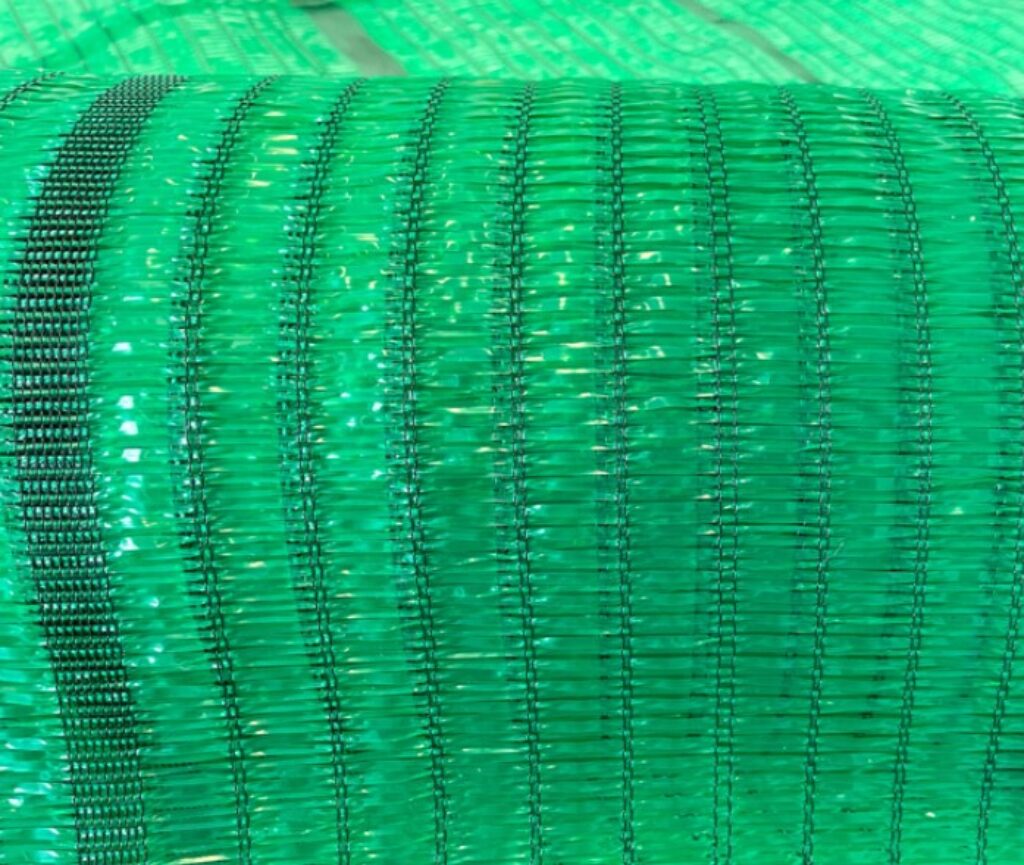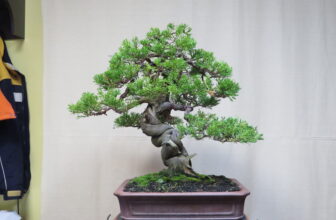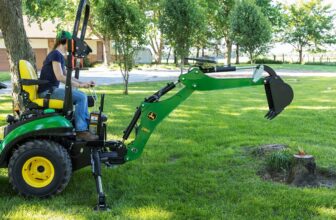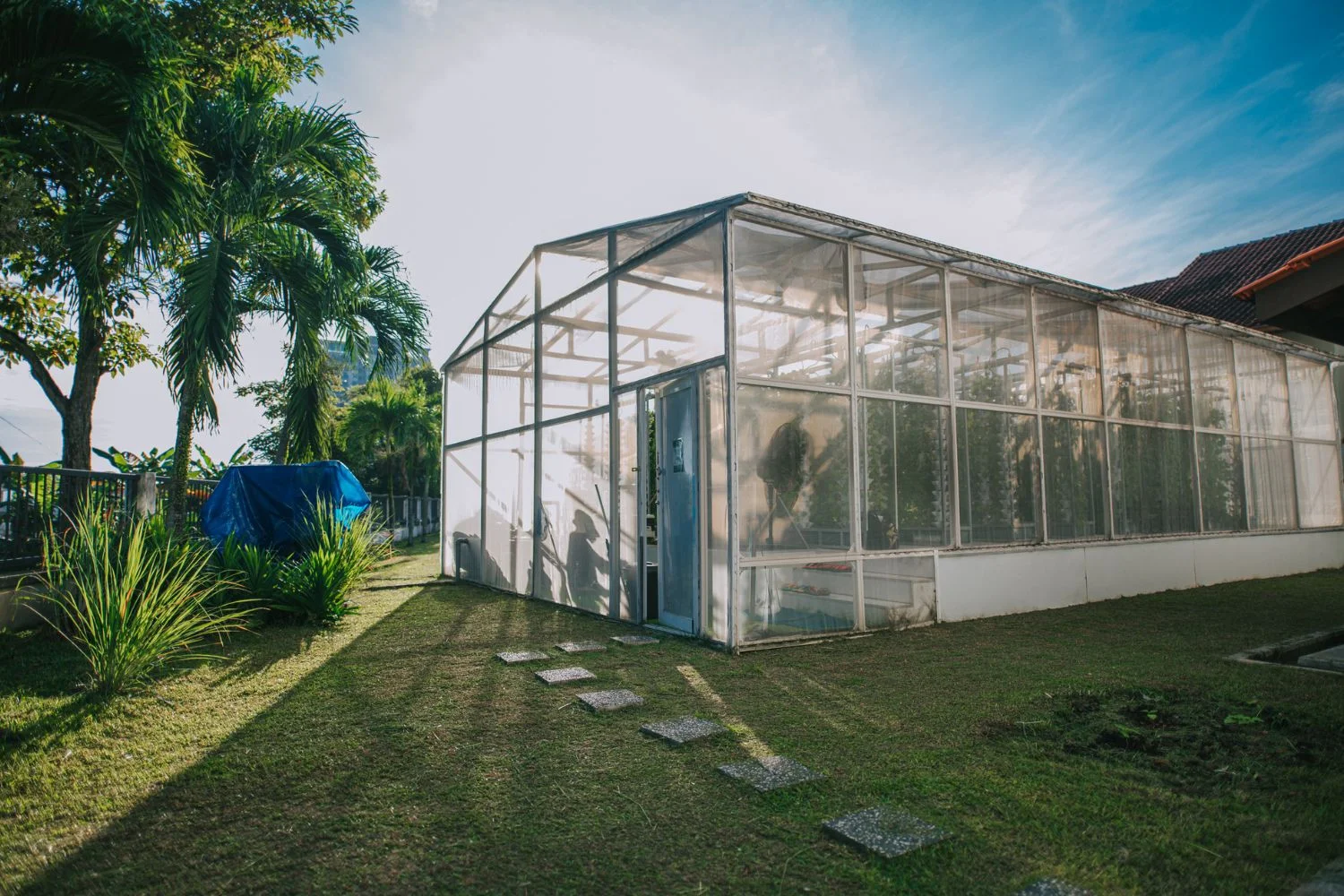
For those who love plants and gardening, knowing how to create the right environment for your plants is key. A greenhouse is a great space for growing plants because it protects them from bad weather and helps keep the climate just right inside. But, getting the right amount of sunlight is really important.
Too much direct sun can make the greenhouse too hot and hurt the plants. This is why using a shade cloth in your greenhouse is such a smart idea. It acts like a sunblock for plants, keeping the temperature perfect.
If you like doing things yourself and making things just the way you want, making your own shade cloth can be a fun and useful project. This guide will walk you through how to make a shade cloth that fits your gardening needs just right.
Table of Contents
Understanding Shade Cloths
Shade cloths are essential for managing how much sun gets into your greenhouse. They’re made from special fabrics that can stand up to the weather and block out some of the sunlight. The amount of sun they block is shown in percentages. For example, a 50% shade cloth cuts down half of the sunlight. The right shade cloth depends on what plants you’re growing and the weather where you live.
What You Need to Consider
First, think about what your greenhouse needs. Look at where it’s placed, how much sun it gets, and what kinds of plants you have. Some plants might need more shade, while others love the sun.
If you are unsure how much sun your plants need, we recommend you take a look at this article regarding greenhouse shade netting as it will be able to help you figure out the right percentage of shade that would be appropriate for your greenhouse. Also, consider how hot it gets in your area during summer.
Choosing Your Material
Picking the right fabric is crucial. While there are many options to buy, choosing your own material lets you customize your shade cloth. Polyethylene mesh is a popular choice because it’s strong and blocks UV rays. But, you can also use other materials like canvas or bamboo for a different look. Just make sure the material lets air through to keep the greenhouse from getting too hot.
Measuring and Cutting
Getting the size right is important. Measure the area you want to shade and add a bit extra for attaching it securely. Use sharp tools to cut the fabric so the edges are neat, which helps it last longer.
Setting Up the Structure
The frame that holds up your shade cloth is important too. You can build a simple one with PVC pipes or wood if your greenhouse stands alone. Make sure it’s strong enough to handle the weather. If your greenhouse is attached to something, you can use hooks or eyelets to hang the shade cloth.
Sewing and Making It Strong
If you’re good with a sewing machine, you can make your shade cloth even better by hemming the edges and adding grommets. This makes it easier to attach and lasts longer.
Putting It Up
Putting up the shade cloth right is key to make sure it does its job. Use ties, clips, or bungee cords to attach it evenly. Think about the wind direction too, so it doesn’t turn into a sail when it’s windy.
Changing with the Seasons
One great thing about making your shade cloth is that you can adjust it as the seasons change. You might need to change its position or how dense it is depending on the time of year. Make your setup easy to adjust for more convenience.
Getting Creative
There are lots of ways to be creative with your shade cloth. You could add a watering system to it or try different materials to make it look cool. Your imagination is the limit.
Thinking Green
When making your shade cloth, think about its impact on the environment. Choose sustainable materials and think about how long they will last and if they can be recycled. Making a durable shade cloth is not just good for your plants but also for the planet.
Your Personal Plant Haven
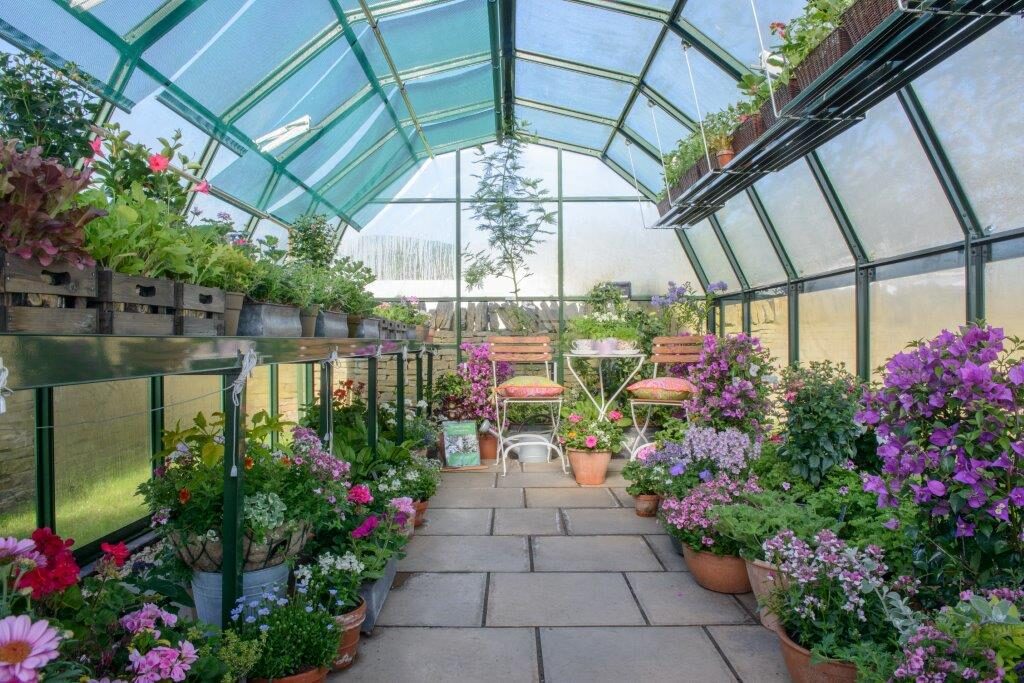
Source: hartley-botanic.com
A greenhouse is a special place for growth and peace. Adding a shade cloth you made yourself makes it even more special. It shows your care for your plants and the environment. Designing, making, and setting up your shade cloth is a rewarding project that combines practicality with creativity.
Considering Your Greenhouse Climate
A good shade cloth does more than just block the sun. It affects the humidity, airflow, and even the bugs in your greenhouse. By making your own, you can create the perfect conditions for your plants. This leads to healthier plants, better growth, and a more enjoyable gardening experience.
The Joy of DIY
Doing it yourself brings a special kind of happiness. Seeing your plants flourish under a shade cloth you made is very rewarding. It’s a sign of the good relationship between you and your garden, where your efforts lead to beautiful, healthy plants.
Maintenance and Care for Long-Lasting Use
Keeping your homemade shade cloth in good condition is important for it to last a long time and keep doing its job well. Regularly check your shade cloth for any wear and tear, especially after extreme weather like strong winds or heavy rain. If you find any small holes or tears, fixing them quickly can stop them from getting bigger.
Cleaning your shade cloth is also important. Dust and dirt can block the tiny holes in the fabric, making it less effective at letting air through and cooling down your greenhouse. Gently washing your shade cloth with mild soap and water, then letting it dry completely before putting it back up, can help it work better and last longer.
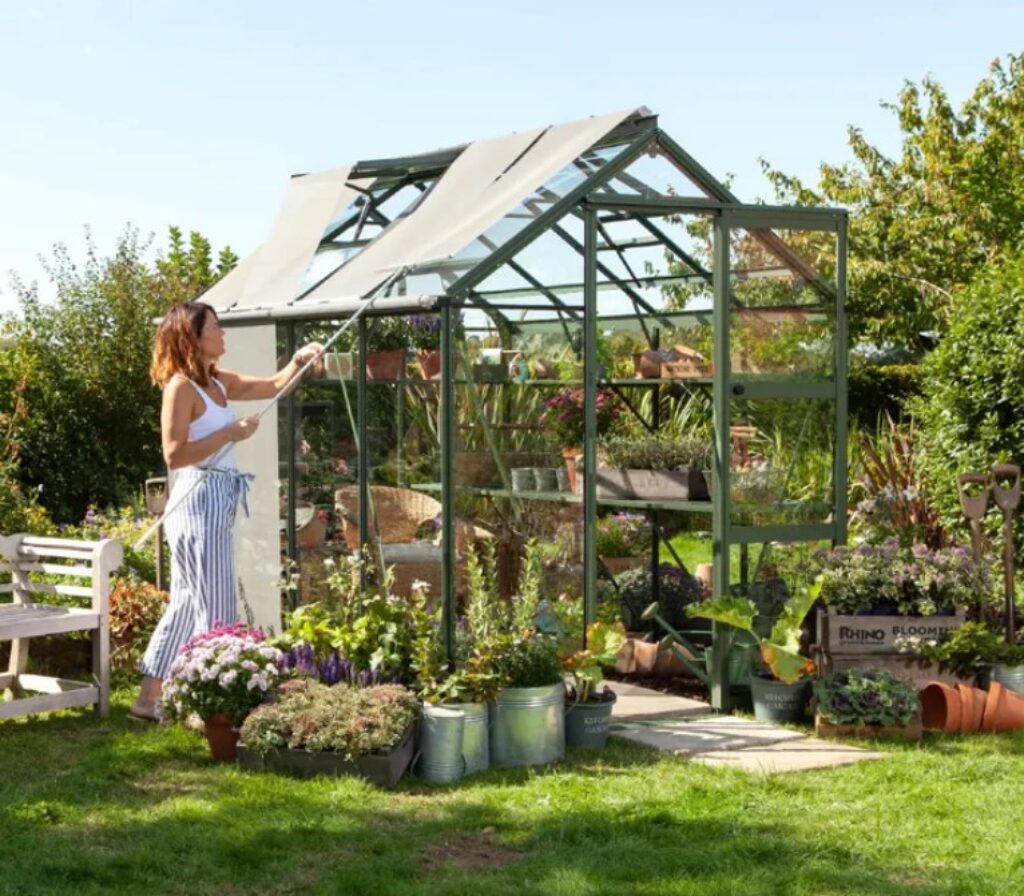
Source: greenhousesdirect.co.uk
In Summary
Making your greenhouse shade cloth is a fulfilling project that mixes gardening skills with caring for the environment. From choosing materials to putting up your creation, each step is a chance to learn and grow with your plants.
By thinking about things like durability, structure, and the changing seasons, you can create a shade solution that not only protects your plants but also adds to the beauty and functionality of your greenhouse.
As you consider how your DIY project affects the greenhouse’s climate and enjoy the process of making something by hand, you create not just a garden, but a personalized haven where you and your plants can thrive. Embrace the challenge, let your creativity flow, and turn your greenhouse into a showcase of nature’s beauty and your crafty handiwork.

